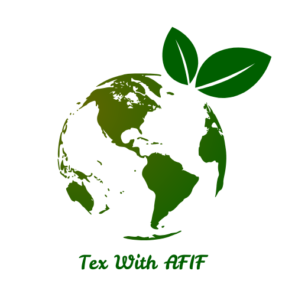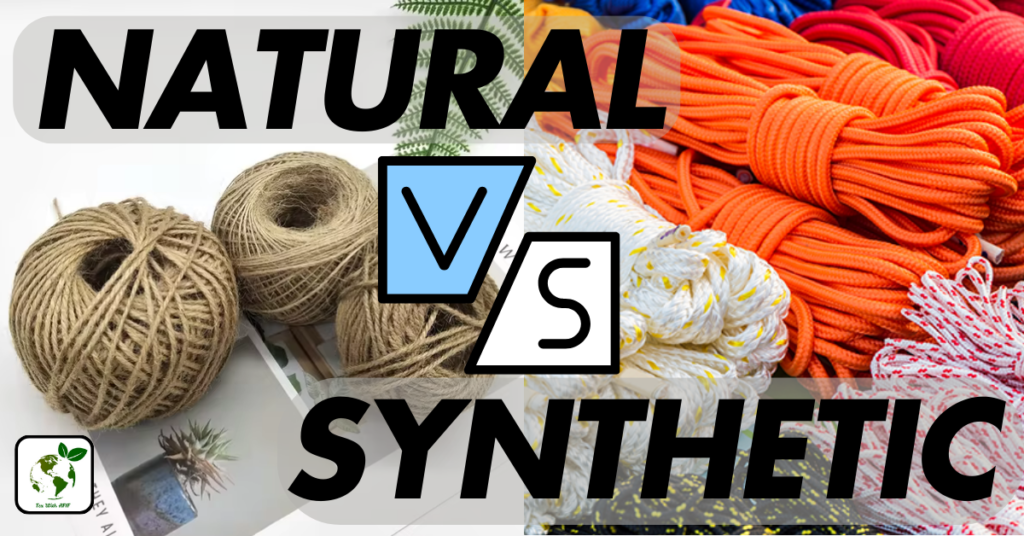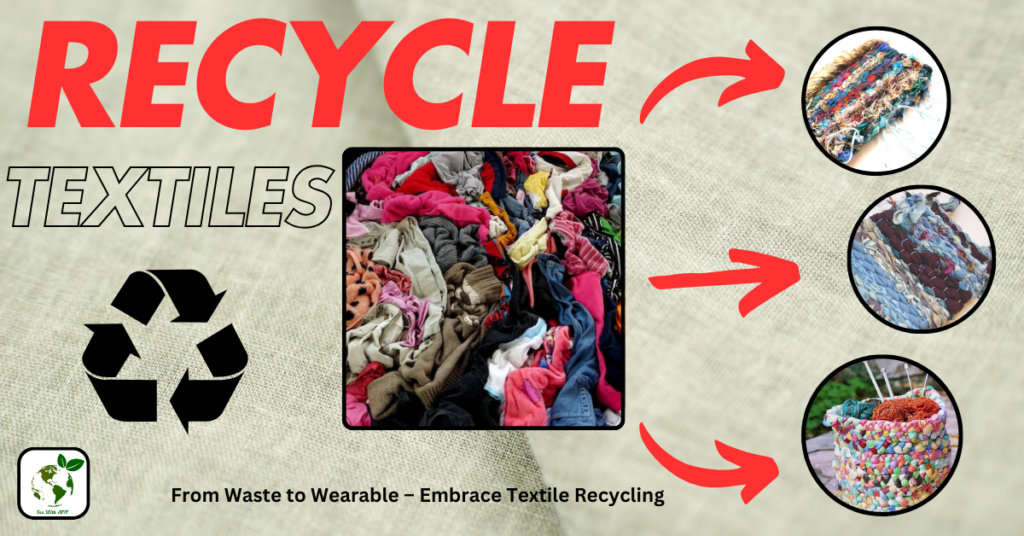Hello, well-wishers!! It’s me, AFIF AL TAMIM. Today I will discuss the hemp fabric. Stay tuned.
One of the oldest and most environmentally friendly fabrics ever created is hemp cloth, which is derived from the fibers of the Cannabis sativa plant. This environmentally beneficial substance, which has a millennium-old history, has recently attracted increased interest due to its resilience, adaptability, and low environmental impact.
Hemp Fabric: What Is It?
The industrial hemp plant’s stalks are used to make hemp fabric, a natural material. Industrial hemp is safe and legal to grow in many nations since it contains just trace quantities of THC, unlike its psychotropic relative, marijuana. After being harvested, the plant’s long, robust bast fibers are turned into yarn, which is subsequently knitted or woven into cloth.
How Is Fabric Made from Hemp?
- Cultivation: Hemp grows swiftly and requires nothing in the way of synthetic fertilizers, pesticides, or herbicides. It is an environmentally beneficial crop because it uses a lot less water than cotton and improves the soil in which it is grown.
- Harvesting: After the plant reaches maturity, the stalks are chopped and allowed to ret, which causes the fibers to become looser as natural microorganisms break down the outer layers.
- Processing: To remove the inner woody core (hurd) from the outer fibers (bast fibers), the stalks are broken apart. After cleaning, the bast fibers are combed into long strands.
- Spinning and Weaving: The process of spinning and weaving involves turning the fibers into yarn, which is subsequently knitted or woven into cloth. To improve its texture or functionality, modern methods frequently combine hemp with other fibers like cotton, wool, or polyester.
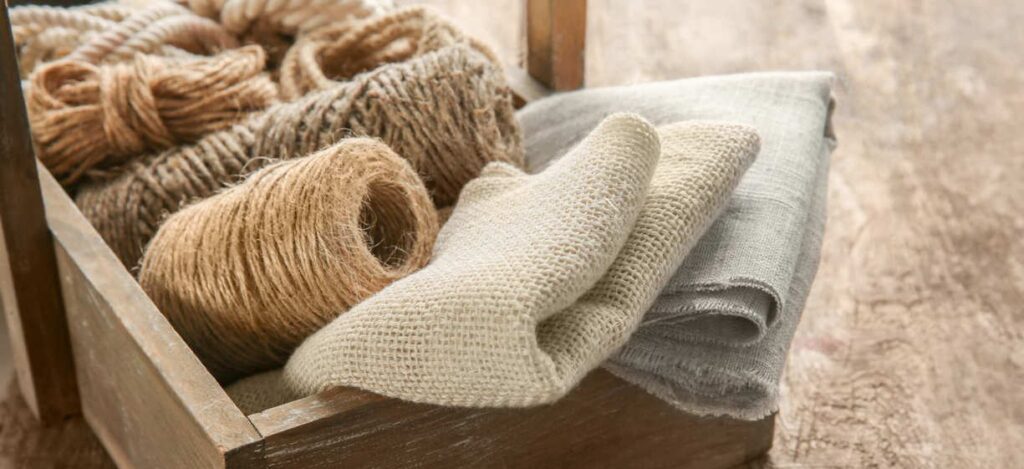
Key Properties of Hemp Fabric:
- Durability: One of the most resilient natural fibres, hemp can tolerate a great deal of abrasion. Hemp clothing frequently lasts longer than clothing made of other natural materials.
- Breathability: Because hemp cloth breathes well, it can be used in warm areas.
- Moisture-Wicking: The material effectively absorbs and releases moisture, keeping the wearer dry and cool.
- Hypoallergenic: Hemp is an excellent option for delicate skin because it is inherently resistant to mold and mildew.
- UV Resistance: Hemp fabric is perfect for outdoor wear since it provides protection from damaging UV radiation.
Advantages of Hemp Fabric:
- Eco-Friendliness: Compared to cotton, hemp requires less water and no artificial chemicals to grow. As it grows, the plant absorbs CO2, reducing greenhouse gas emissions.
- Biodegradability: There are no toxic residues left behind when hemp cloth breaks down organically.
- Versatility: Hemp can be used to make a variety of goods, such as apparel, accessories, ropes, furniture, and even insulation for industrial uses.
- Better with Wear: The strength of hemp fabric is maintained as it gets softer and more comfy with each wash.
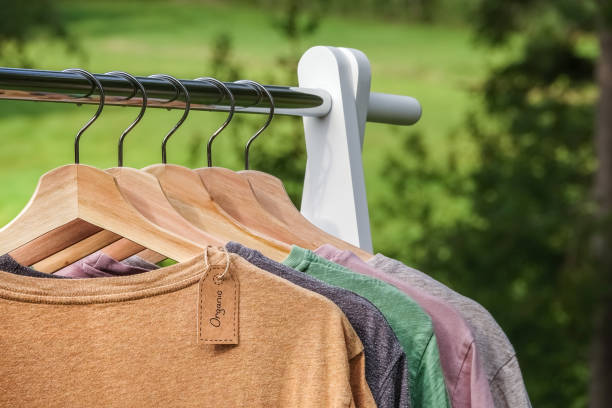
Disadvantages of Hemp Fabric:
Despite its many benefits, hemp fabric has many drawbacks.
- Texture: At first, pure hemp could feel scratchier than cotton or linen. This can be lessened by blending or using sophisticated processing methods.
- Cost: Because hemp is less widely grown than cotton, its supply and demand are more constrained, making it more costly.
- Misconceptions: Although industrial hemp contains very little THC, its link with marijuana might occasionally prevent it from becoming widely accepted.
Modern Fashion Using Hemp Fabric:
As companies and designers place a greater emphasis on eco-friendly materials, hemp is becoming more common in sustainable fashion collections. In order to increase softness and appeal to a wider range of consumers, it is also combined with other textiles, such as tencel and organic cotton.
Conclusion:
Hemp cloth is the ideal combination of long-term sustainability, robustness, and practicality. Hemp is ideally positioned to play a significant role in the fashion and industrial sectors of the future as the demand for environmentally friendly fabrics keeps rising. Hemp fabric is a classic material that satisfies the demands of both the environment and contemporary consumers thanks to its remarkable qualities and small environmental impact.
